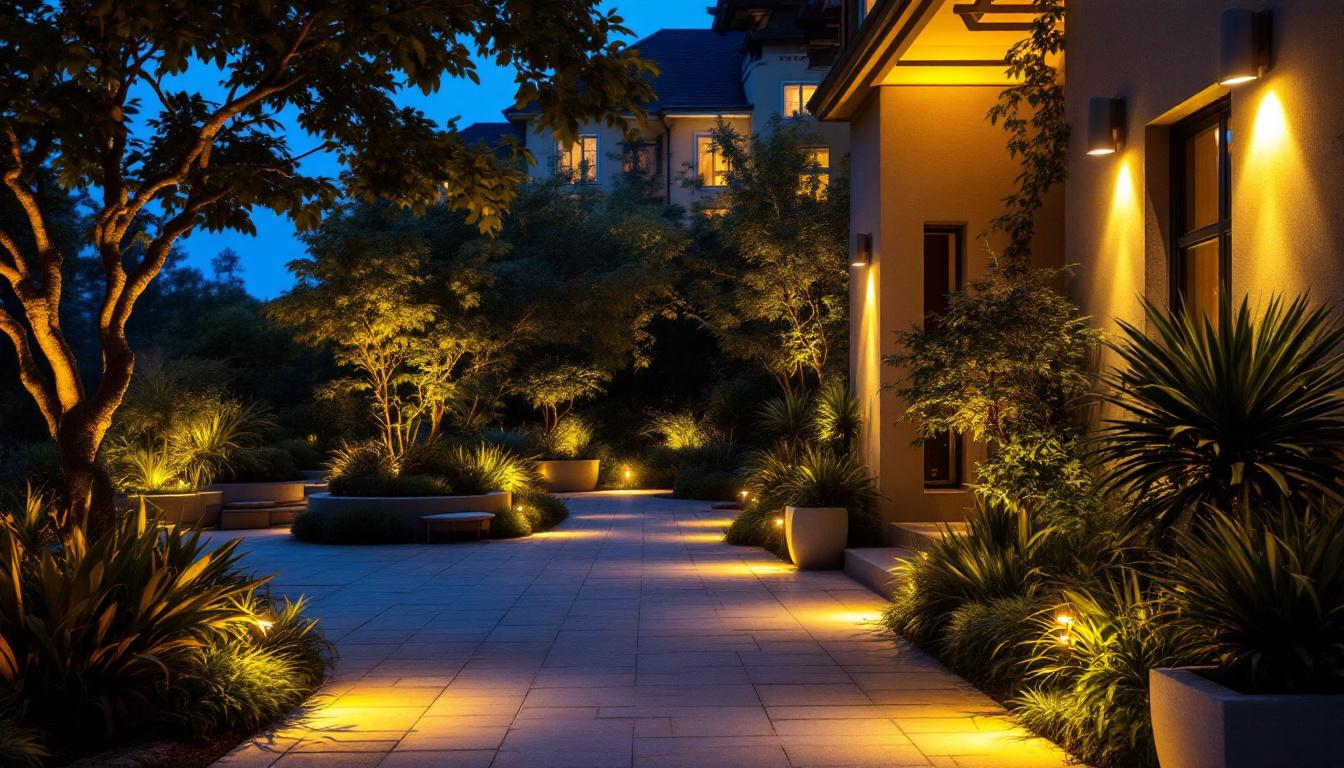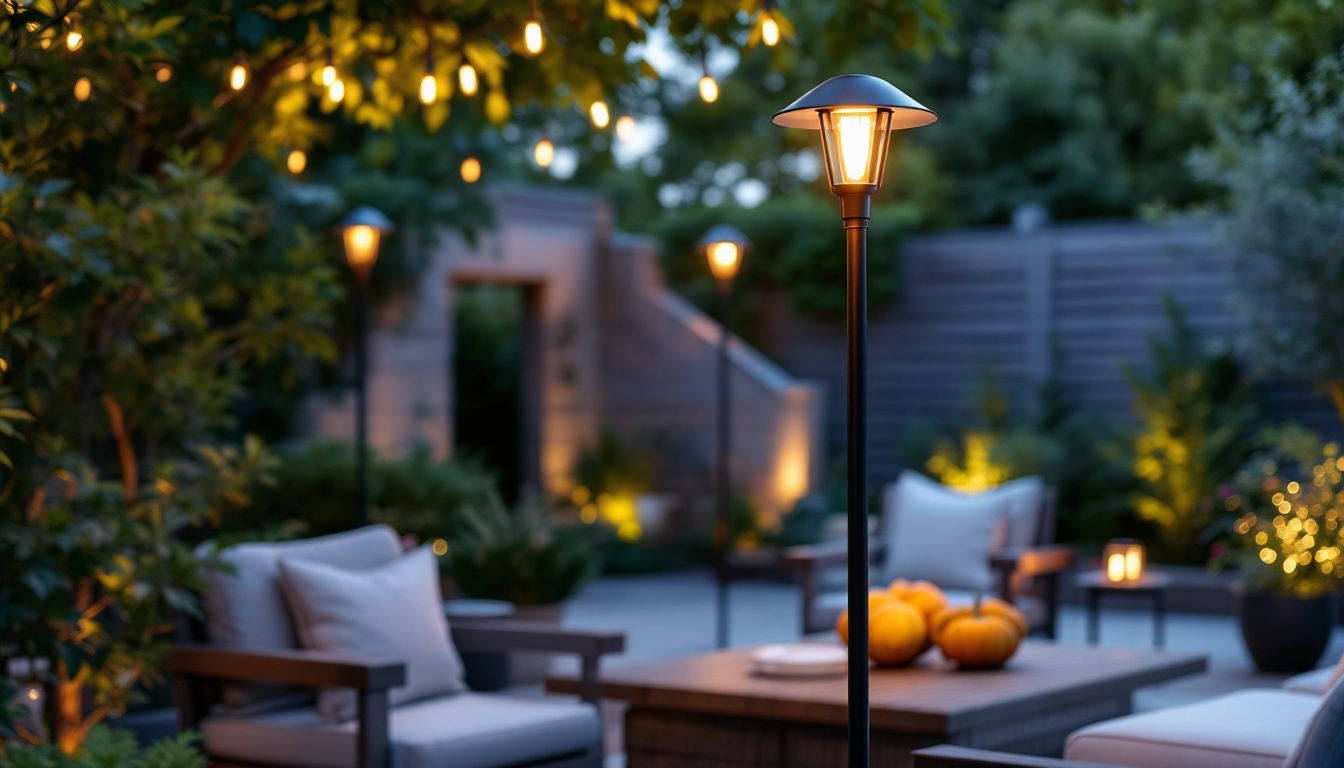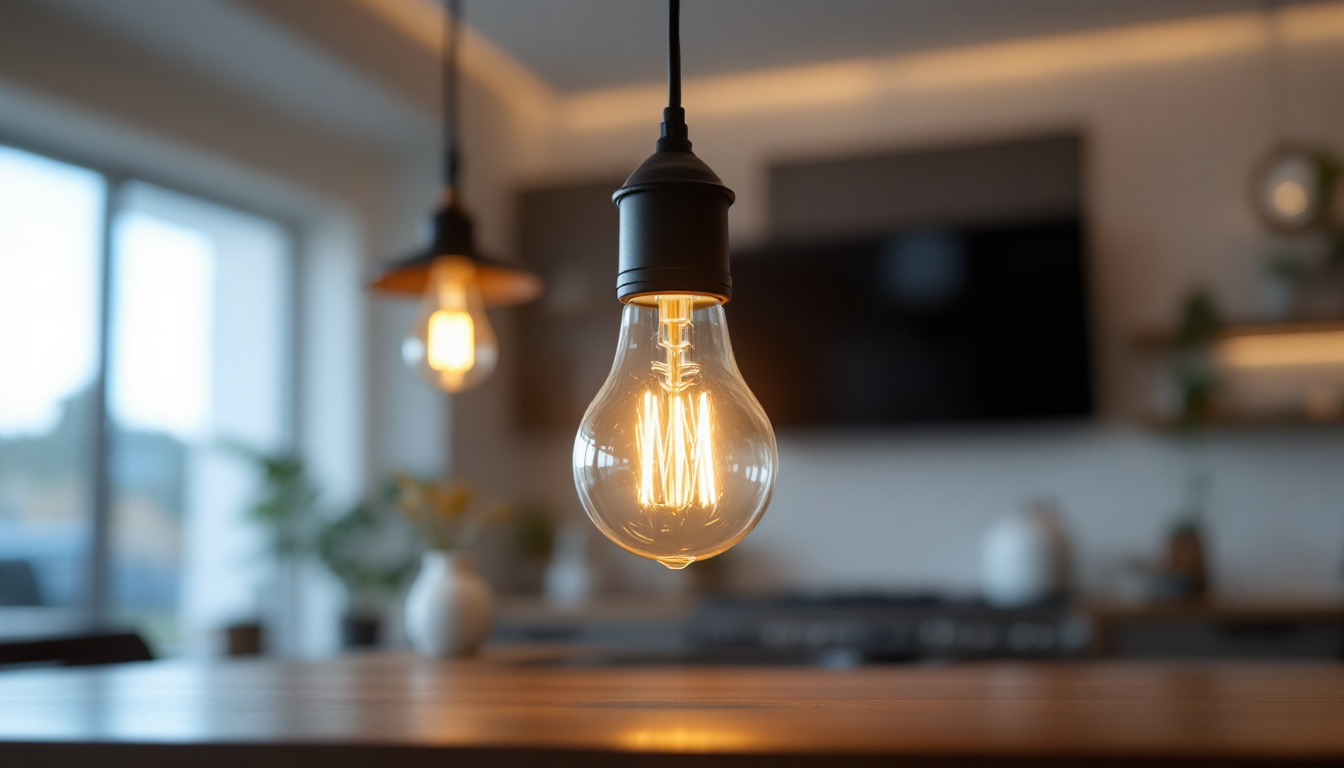
Outdoor spot lighting plays a crucial role in enhancing the beauty and functionality of residential and commercial spaces. For lighting contractors, understanding the nuances of spot lighting can significantly elevate their service offerings and client satisfaction. This article delves into the importance of outdoor spot lighting, the benefits it brings, and why every lighting contractor should be well-versed in its application.
Spot lighting is a focused form of lighting that directs light to a specific area, creating a dramatic effect and highlighting particular features. This technique is widely used in outdoor settings to illuminate pathways, gardens, architectural elements, and more. By using spot lights, contractors can transform ordinary spaces into extraordinary environments. The precision of spot lighting not only enhances the aesthetic appeal of a space but also plays a crucial role in safety and functionality, allowing for better visibility in areas that may otherwise be dimly lit.
Moreover, the versatility of spot lighting means it can be tailored to suit various moods and themes. For instance, a soft, warm glow can create a cozy atmosphere for outdoor gatherings, while brighter, cooler tones can energize a space for evening events. The ability to adjust the intensity and direction of the light makes spot lighting an invaluable tool for landscape designers and homeowners alike, enabling them to craft unique experiences in their outdoor spaces.
There are various types of spot lights available, each serving different purposes. Some common types include:
Spot lighting can be applied in numerous outdoor scenarios. Here are a few key applications:
Furthermore, spot lighting can also be utilized in outdoor entertainment areas, such as patios and decks. By illuminating seating areas or outdoor kitchens, spot lights can enhance the usability of these spaces after dark, making them perfect for evening gatherings or family barbecues. The strategic placement of spot lights can create inviting focal points, encouraging social interaction and enjoyment of the outdoors long into the night.
Incorporating spot lighting into outdoor spaces offers numerous advantages. For lighting contractors, understanding these benefits can help in proposing effective solutions to clients.
One of the primary benefits of spot lighting is its ability to enhance the aesthetic appeal of outdoor spaces. By illuminating specific features, contractors can create a captivating ambiance that transforms the environment. This not only improves the visual appeal but also increases the property’s value. For instance, highlighting architectural details, such as columns or decorative facades, can draw attention to the craftsmanship of a building, making it stand out in the neighborhood. Additionally, spot lighting can be used to accentuate landscaping elements like trees, shrubs, or water features, creating a magical atmosphere that invites outdoor gatherings and enhances the overall experience of the space.
Properly lit outdoor areas significantly enhance safety and security. Spot lights can deter potential intruders by eliminating dark corners and providing clear visibility. Additionally, well-lit pathways reduce the risk of accidents, ensuring that residents and guests can navigate safely after dark. Beyond just pathways, spot lighting can be strategically placed around entry points, such as doors and windows, to provide an extra layer of security. This not only reassures homeowners but also creates a welcoming environment for visitors. Moreover, the presence of lighting in outdoor areas can encourage social interactions and community engagement, as people feel more comfortable spending time outside in well-lit spaces.
Modern spot lights, particularly LED options, are designed with energy efficiency in mind. They consume less power while providing ample illumination, which translates to lower energy bills for homeowners and businesses. This aspect is particularly appealing to environmentally conscious clients looking to reduce their carbon footprint. Furthermore, many LED spot lights have a longer lifespan compared to traditional bulbs, which means less frequent replacements and reduced waste. The availability of smart lighting technology also allows homeowners to control their outdoor lighting remotely, enabling them to adjust brightness levels or set timers, further optimizing energy use. This integration of technology not only enhances convenience but also aligns with sustainable practices, making spot lighting a smart choice for modern outdoor design.
When it comes to designing an outdoor lighting scheme that incorporates spot lighting, several factors must be taken into account. A well-thought-out design can make all the difference in achieving the desired effect.
The placement and angle of spot lights are critical in achieving the desired lighting effect. Spot lights should be positioned to minimize glare and maximize visibility. For example, placing a light too low may create harsh shadows, while positioning it too high can wash out the feature being illuminated. Aiming for a 30-degree angle is often recommended for optimal results.
Choosing the right intensity and color temperature is essential for creating the desired mood. Warmer color temperatures (2700K-3000K) tend to create a cozy and inviting atmosphere, while cooler temperatures (4000K-5000K) provide a more modern and vibrant feel. Lighting contractors should consider the overall theme and purpose of the space when making these selections.
Spot lighting should complement existing outdoor features rather than overpower them. Contractors should assess the landscape and architecture to determine how best to integrate lighting without disrupting the natural beauty of the surroundings. This may involve using dimmers or adjustable fixtures to achieve the right balance.
While spot lighting offers numerous benefits, it also presents certain challenges that lighting contractors must navigate. Understanding these challenges can lead to more effective solutions and satisfied clients.
Outdoor lighting fixtures must withstand various weather conditions, including rain, snow, and extreme temperatures. Selecting fixtures with appropriate IP ratings (Ingress Protection) ensures that they are durable and can operate effectively in outdoor environments. Contractors should prioritize quality fixtures to prevent frequent replacements and maintenance issues.
Regular maintenance is essential to keep outdoor spot lights functioning optimally. This includes cleaning fixtures, checking for bulb replacements, and ensuring that wiring remains intact. Contractors should educate clients about maintenance schedules to prolong the life of their lighting systems and maintain their aesthetic appeal.
Managing energy consumption is a significant concern for many clients. While LED lights are energy-efficient, the total number of fixtures and their usage patterns can still lead to high energy bills. Contractors should consider integrating smart lighting solutions, such as timers and motion sensors, to help clients manage their energy use effectively.
To maximize the benefits of outdoor spot lighting, lighting contractors should adhere to best practices that ensure quality installations and satisfied clients.
A comprehensive site assessment is the foundation of a successful outdoor lighting project. Contractors should evaluate the landscape, existing features, and client preferences to create a tailored lighting plan. This assessment should also consider potential challenges, such as nearby trees that may obstruct light or areas that require additional security.
Clients may not be aware of the various options available for outdoor spot lighting. Lighting contractors should take the time to educate their clients about different types of fixtures, placement strategies, and the benefits of energy-efficient lighting. This knowledge empowers clients to make informed decisions that align with their vision and budget.
The lighting industry is constantly evolving, with new technologies and design trends emerging regularly. Contractors should stay informed about the latest advancements in outdoor lighting, such as smart lighting systems, energy-efficient products, and innovative design techniques. This knowledge not only enhances service offerings but also positions contractors as industry experts.
Outdoor spot lighting is an invaluable tool for lighting contractors looking to enhance their service offerings and meet the diverse needs of their clients. By understanding the intricacies of spot lighting, its benefits, and best practices, contractors can create stunning outdoor environments that elevate aesthetics, improve safety, and promote energy efficiency.
As outdoor spaces continue to be an extension of indoor living areas, the demand for effective lighting solutions will only grow. Embracing spot lighting not only enhances the beauty of these spaces but also establishes lighting contractors as trusted experts in their field. By investing time and resources into mastering outdoor spot lighting, contractors can ensure their success and satisfaction for years to come.
Ready to take your outdoor spot lighting projects to the next level? At LumenWholesale, we provide lighting contractors with the highest quality, spec-grade lighting products at exceptional wholesale prices. Say goodbye to local distributor markups and hello to a vast selection of reliable lighting that meets rigorous industry standards. With free shipping on bulk orders, you can trust that you’re getting premium lighting solutions at the best value, without any hidden costs. Elevate your outdoor lighting designs with the perfect combination of quality, affordability, and convenience. Wholesale Lighting at the Best Value is just a click away.

Discover innovative cost-saving strategies for lighting contractors focusing on recessed ceiling installations.

Discover essential tips and common pitfalls for lighting contractors working with patio light poles.

Discover the ins and outs of Type A bulbs with insights from lighting contractors.

Discover how optimizing office lighting can be a game-changer for lighting contractors.